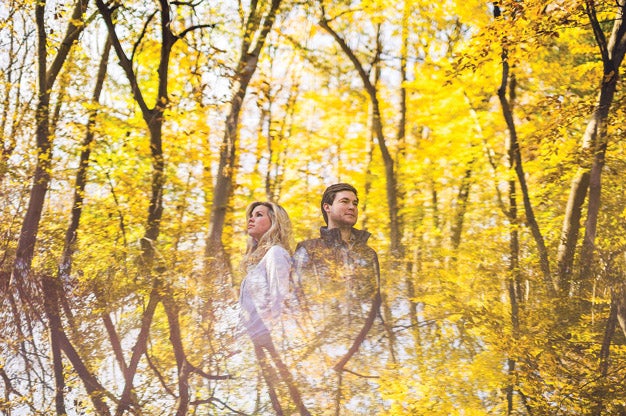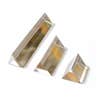Pro Tip: Use a Prism In Front of Your Lens For Unique Photos
Try analog special effects to give your images a look that digital can't equal

In an age swimming in off-the-shelf digital special effects, it’s reassuring to come across photographers like the Washington, D.C.-based wedding shooter Sam Hurd. He describes himself as a hardcore digital photographer who also happens to like using experimental camera techniques. He finds that in the right situations, analog experiments can breathe life into his images without producing just another “cheesy digital” effect.
One of Hurd’s favorite techniques is called “prisming,” which involves holding a small prism in front of the camera lens while shooting. The technique results in a variety of effects from rainbows to triangular shapes to Holga-esque light-leak looks. The effects are entirely organic, changing from frame to frame, and almost impossible to repeat or create from scratch in digital postprocessing.
Hurd has found that getting the best results takes more than simply holding a prism in front of his lens. He tested to discover which prism to use, how to place it, what cameras and lenses worked well, and what situations (both subject and environment) best matched the technique. He finds a 6-inch equilateral prism made of glass (about $12 from scienceshopusa.com) optimum with full-frame DSLRs. “Smaller prisms don’t cover the whole lens and result in fingers getting in the way,” he says.

When positioning the prism in front of the camera, think about the direction of your light sources, Hurd advises. You can achieve light-leak effects when the light comes toward the camera, while reflections are generally more interesting with strong side light. “If you turn a prism on its side and shine a light on it, you can get flare in triangular shapes,” he adds.
He typically uses a Sigma 50mm f/1.4 lens on his Nikon D4 for prisming; a 24mm wide-angle lens works well, too. The key, however, is to use the live view mode on your camera to see your actual exposure as you change settings. Hurd says that his DSLR’s live view “takes a lot of the guesswork out.”
Hurd generally looks for textures when prisiming. In the portrait shown here, he used the prism to reflect the branches and leaves from above into the lower half of the frame. The technique not only wrapped the couple in a “wall of color,” but it also masked the muddy ground below.